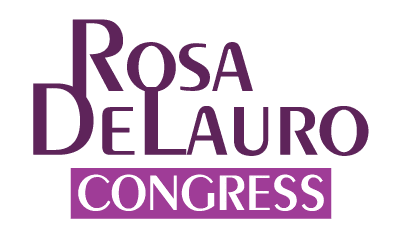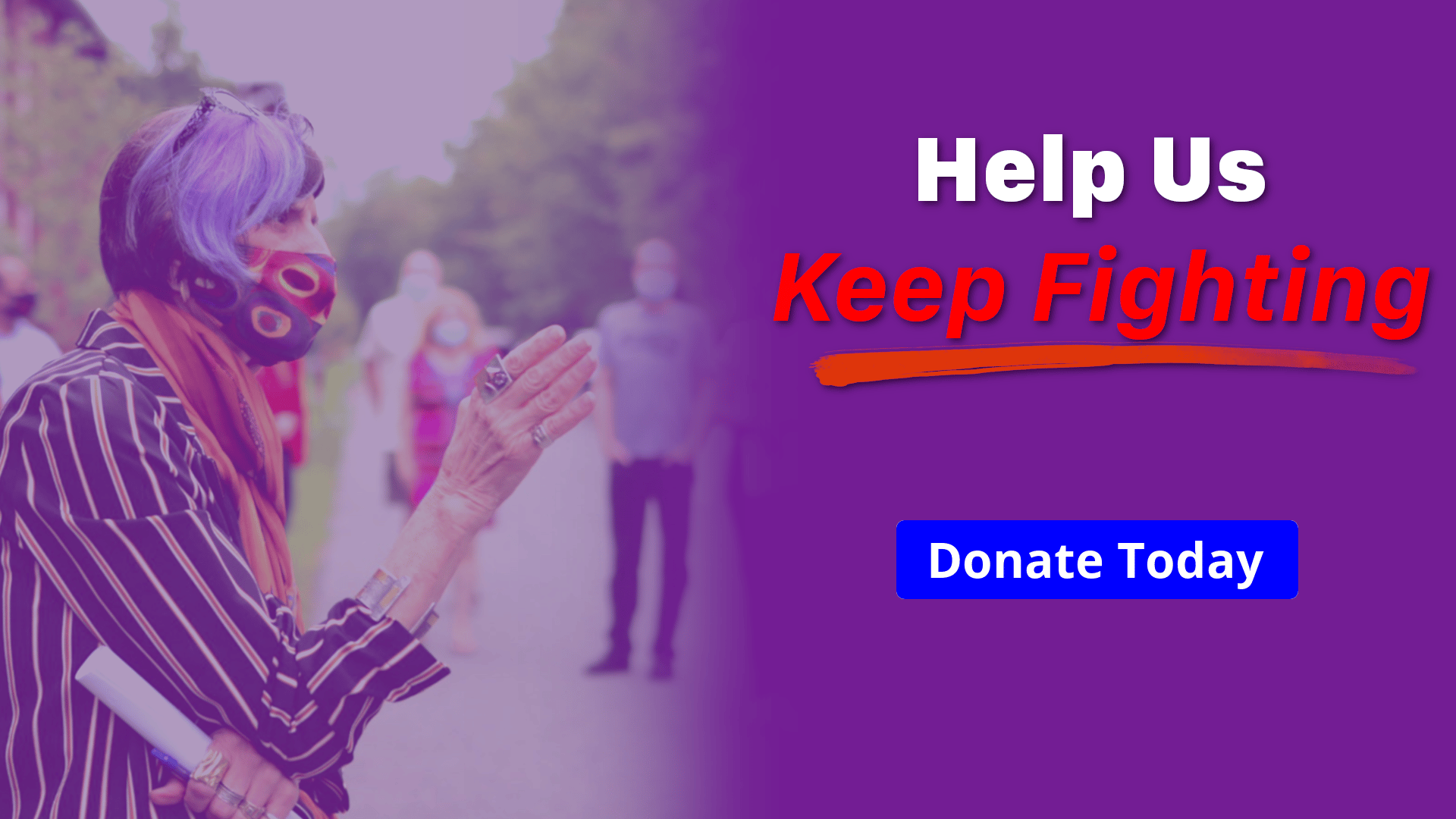Ebola: A Preventable Catastrophe
Huffington Post
By: Congresswoman Rosa DeLauro
It was the news no one wanted to hear. After causing over 3,300 deaths and counting in West Africa, the Ebola virus has now reached the United States. While Ebola is not an airborne disease and is relatively hard to transmit from person to person, the terrifying symptoms, and the terrible carnage this largest-ever outbreak has wrought on Guinea, Liberia, and Sierra Leone, has provoked shudders of fear from coast to coast about a similar epidemic spreading across our country.
The good news is that Ebola can be readily contained in nations, like ours, with a robust public health infrastructure. In Nigeria, for example, the Ebola outbreak seems to have been quelled after only 20 cases (and eight deaths); there has been no new infection there since August.
But the bad news is that, after years of funding cuts and neglect, the critical components of our public health infrastructure responsible for tracking, monitoring, and ultimately preventing or curing the disease — the National Institutes of Health (NIH) and the Centers for Disease Control and Prevention (CDC) — have been forced to respond to this potential crisis with severely constrained resources.
As Dr. Francis Collins, the Director of the NIH, put it last week on C-SPAN while talking of a potential vaccine for Ebola, “Frankly, if NIH had been in a better position as far as research support over the last 10 years, we would be further along.” As it is, NIH funding has been cut by $1.2 billion in the last four years — and that is before adjusting for increasing costs of research. Once you make that adjustment, NIH has lost more than 10 percent of its purchasing power since 2010. This vastly diminishes its ability to fund research, conduct clinical trials, and develop life-saving treatments for frightening diseases like Ebola.
The cuts to our public health infrastructure at the CDC and the Department of Health and Human Services (HHS) have been more severe. The CDC is the point of the spear when it comes to public health preparedness and response: They support the state and local public health professionals who are working on the front lines to find and contain this current Ebola epidemic. But, after adjusting for inflation, that program has been cut by 16 percent over the last four years, hampering their ability to respond to this potential crisis. And the Hospital Preparedness program at HHS — which helps hospitals be ready to contain deadly epidemics like Ebola — has been slashed by 44 percent!
These deep cuts are a clear and present danger to the public health. I believe we have a responsibility to provide the funding that the CDC, the NIH and our other public health agencies need to properly respond to this crisis, and to be better prepared for other health emergencies that may arise. One of my proudest accomplishments was working in a bipartisan way to double NIH funding between 1998 and 2003; that is something we need to do again.
Even as Ebola has claimed its first victim in America, Enterovirus 68, a severe respiratory illness, has sickened 153 people in 18 states. And while Ebola is already scary enough, it will be scarier still if it mutates, or if another fatal airborne disease — similar to the influenza that killed 675,000 Americans in 1918, including my grandfather — threatens the United States. We need to take this current outbreak as a wake-up call. Diseases will come, and we have to be prepared, by investing in the public health infrastructure that keeps America safe.

